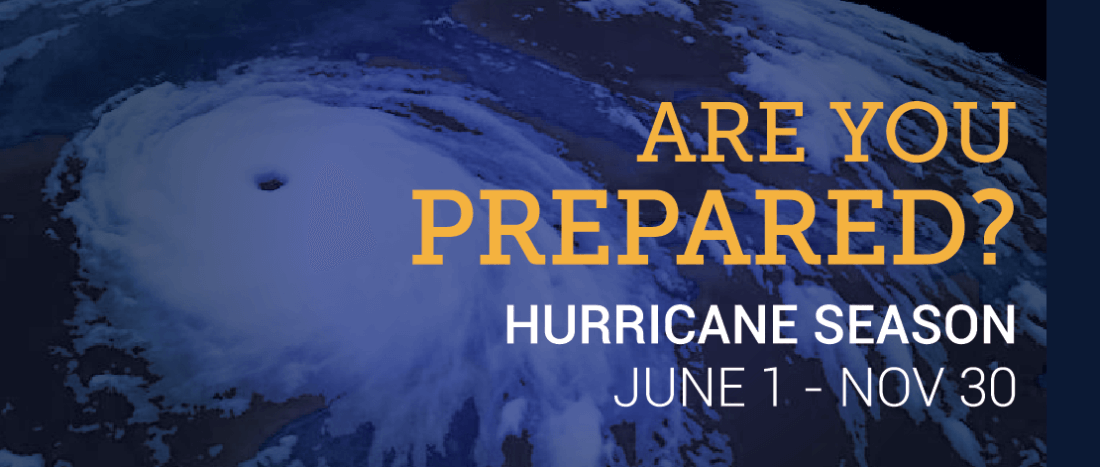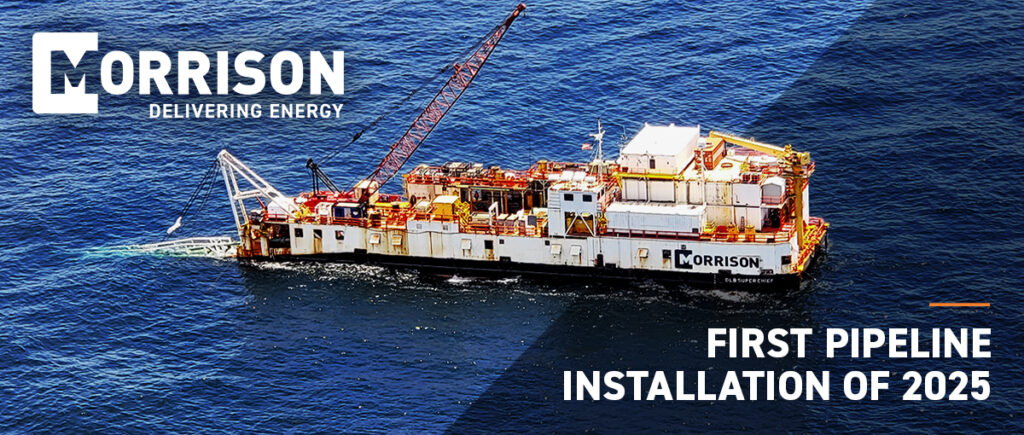 April 6, 2018
April 6, 2018
Get Ready: Tips for Hurricane Season
Hurricane season begins June 1, and Gulf coast businesses are starting to wonder what this year has in store. Prior to hurricane season, Chet Morrison Contractors proactively engages in reviewing and performing drills on its Annual Hurricane Preparedness Plans.
Through a phased approach, we’re prepared to protect and stage assets in advance of a pending storm. This same phased approach also means that Chet Morrison Contractors’ customers can be confident that we will be strategically positioned to respond after the storm.
Many businesses that are unprepared for hurricanes never recover, so it’s vital to secure your assets before the storm hits. If you’re unsure of where to start, Bo Ristic, HSE Director for Chet Morrison Contractors, has some best practices to consider when creating a Hurricane Preparedness Plan:
“The key to preparedness is creating your own plan. Your priorities should be protecting personnel, securing property/equipment and resuming operations post-storm. Remember: some resources may be unavailable in the immediate aftermath, and conditions may prevent employees from being able to return. Facilities and equipment may sustain damage and not be immediately accessible.”
When making your plan, consider the following:
- Location – Identify a secondary location to resume operations in the event that your primary business location is inaccessible.
- Assets – Backup your valuable data, and protect IT equipment (servers, computers) from damage. This may include anything from wind and water damage to storm surge. Critical equipment should be secured by elevating or relocating it to a safe area.
- Communication – Establish a system for communicating with employees immediately following the storm. Consider setting up a hotline to share simple instructions, such as “do not return” or “report to secondary location” following the storm. In many cases, hurricanes can damage cell phone towers and communication may become difficult. In these cases, consider providing key managers with satellite phones and a list of important phone numbers.
- Structure – Set up a response team who will be responsible for managing employees during the aftermath. This team should hold drills throughout the year to make sure everyone is trained on their duties, which may include setting up the hotline, updating contact lists, securing buildings and equipment, etc.
- Checklist – Create a checklist to ensure that no critical components of the plan are overlooked. Assign team members to regularly update and check the list’s accuracy.
- Timing – Determine when your business will begin taking predetermined actions. For example, the Hurricane Response Team will meet as soon as a disturbance or storm crosses 20 degrees latitude and 80 degrees longitude. By setting these benchmarks in advance, you can avoid delays or confusion when quick action is needed.
Bo has more than two decades of experience in the oil and gas industry with a primary focus on managing HSE systems. He knows that you’ll need an available team to assist with immediate response and assessment services in the aftermath of any disaster.
If you want more information on our preparedness plan, or if you’d like to discuss the specifics of your hurricane plan, contact Bo. He can discuss how we take precautions to safeguard equipment and personnel and detail our plans to immediately assist client needs. Our many resources, including versatile assets, diverse capabilities and strategic locations, enhance our ability to respond quickly to the needs of our customers.




